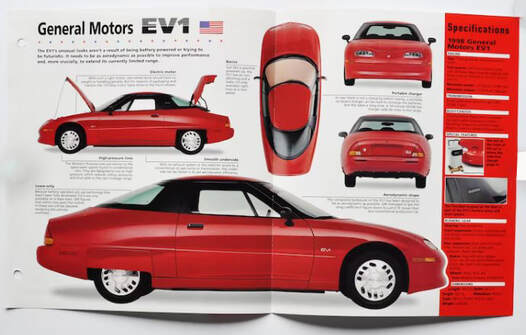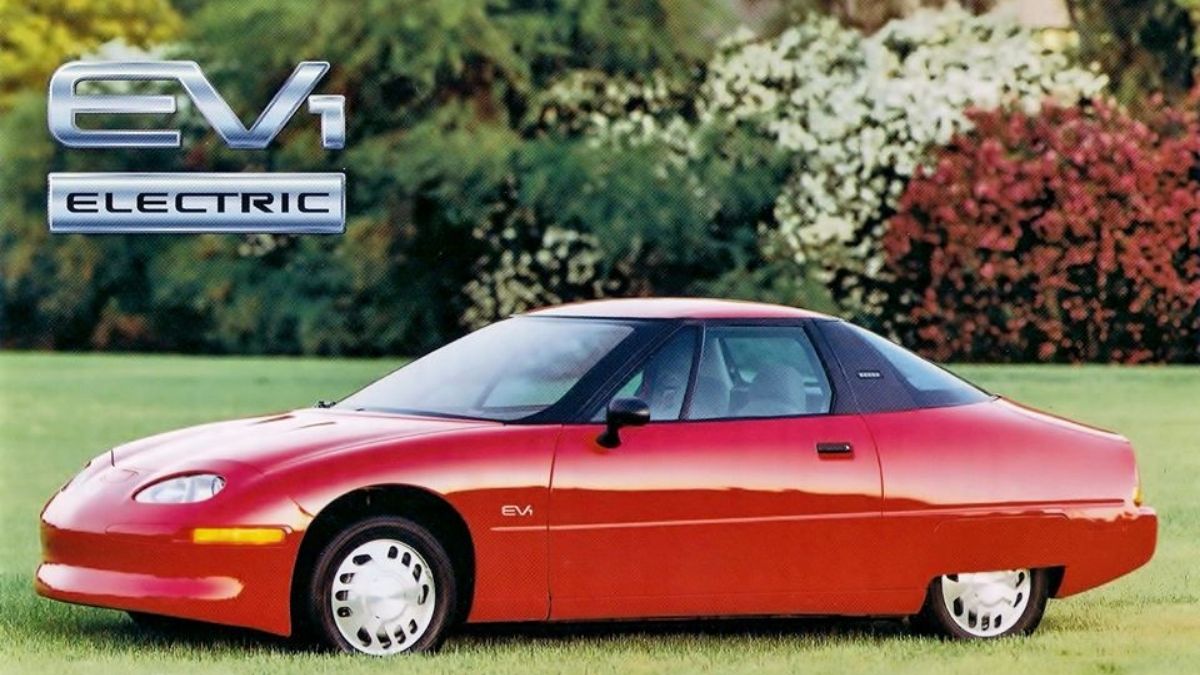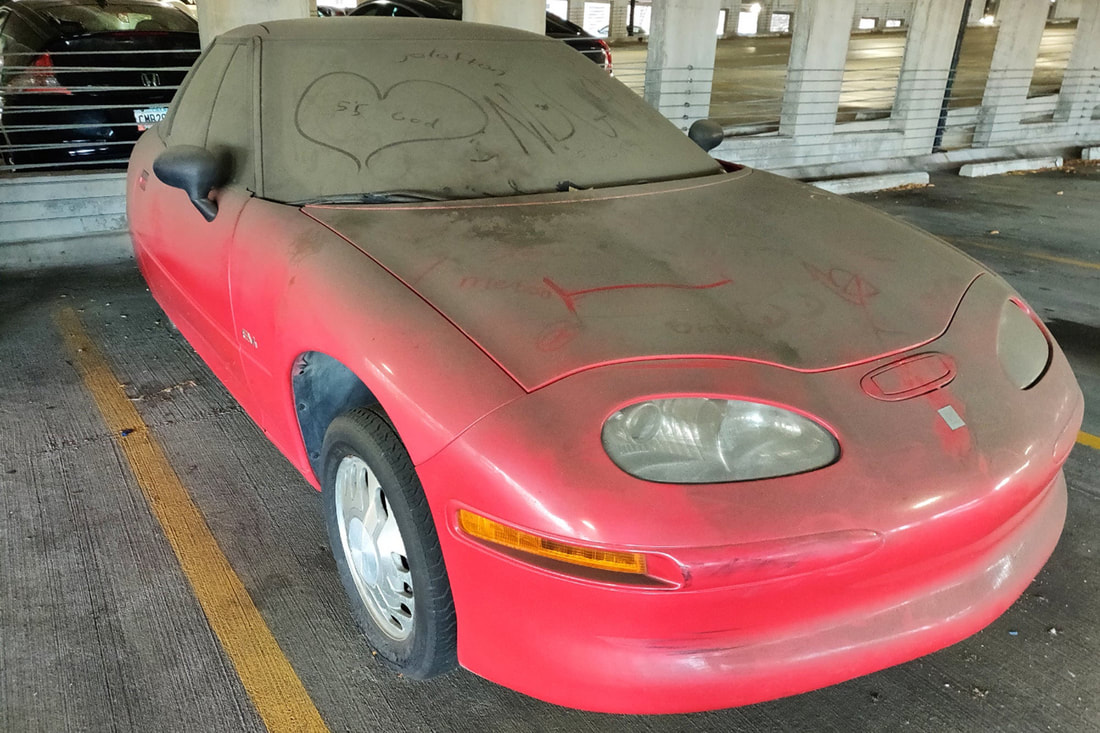GM Concept Cars Unit

When I was younger, I had exceptional technical skills in automotive repair and was at the top of my class in the application of computers to vehicle operation, fuel distribution, and onboard diagnostics. During the emergence of the new "tech one" scan tool device, I was accepted to work at the General Motors Burbank training center, where my pre-existing computer skills enabled me to excel in the program.
I was later invited to participate in promoting "The Cars of Tomorrow" and was specifically tasked with handling the GM Impact (later called the "EV1") and the Pontiac Banshee. I was able to save General Motors a significant amount of money in the design of a full-color multi-page brochure explaining many of the then-unheard-of features of cars that are now taken for granted.
I worked with a team of older men who taught me the importance of teamwork and selflessness to achieve the project's end goal. I designed the literature for both the Impact/EV1 and the Banshee on an overclocked Compaq Deskpro 386 turbo, which was faster than the print shop's estimated three-month timeframe. When I realized that the print company was overcharging for the design, I decided to complete it myself and delivered the file on a set of Data CDs and a reference 3-inch floppy in about two weeks, just in time for the Detroit Auto Show.
I was later invited to participate in promoting "The Cars of Tomorrow" and was specifically tasked with handling the GM Impact (later called the "EV1") and the Pontiac Banshee. I was able to save General Motors a significant amount of money in the design of a full-color multi-page brochure explaining many of the then-unheard-of features of cars that are now taken for granted.
I worked with a team of older men who taught me the importance of teamwork and selflessness to achieve the project's end goal. I designed the literature for both the Impact/EV1 and the Banshee on an overclocked Compaq Deskpro 386 turbo, which was faster than the print shop's estimated three-month timeframe. When I realized that the print company was overcharging for the design, I decided to complete it myself and delivered the file on a set of Data CDs and a reference 3-inch floppy in about two weeks, just in time for the Detroit Auto Show.
During my time with GM, I found working on the Pontiac Banshee to be the most enjoyable. Its design was eye-catching, and it was fascinating to explore how many features we could incorporate into its compact cockpit. However, as time progressed, it became evident that the most critical vehicle we were working on was the EV1. While it wasn't the flashiest or fastest car, it surprised many people with its initial success as an electric vehicle, and drivers grew to love it.
Despite this success, years later, GM recalled all EV1 models due to concerns about the threat they posed to gas-powered engines. The EV1 had become like a member of the family, created by a team of passionate individuals dedicated to crafting a high-quality product with long-lasting capabilities. Unfortunately, this spirit seems to have been lost in today's GM vehicles.
Nevertheless, I am grateful for the opportunity to have worked on both of these iconic vehicles of their respective eras and to have collaborated with the individuals who made them a reality.
Nevertheless, I am grateful for the opportunity to have worked on both of these iconic vehicles of their respective eras and to have collaborated with the individuals who made them a reality.


